
Being a social worker is a demanding profession, but there are some places in the world where it just seems impossible – not to mention life threatening. Neighborhoods with problems like gangs, drugs, religious conflicts and a lack of opportunities can trap inhabitants in a vicious cycle of poverty and violence. What’s more, these ghettos can be terrifying places for visitors, inhabitants and social workers alike. Here’s our guide to the 10 most dangerous neighborhoods in the world.
10. Dora, Baghdad, Iraq
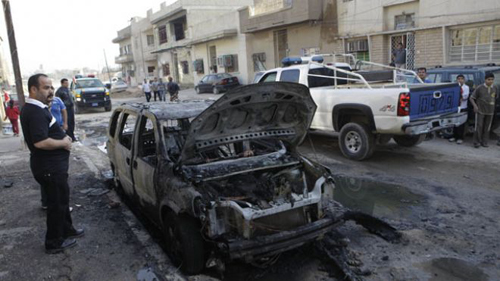
Dora, Baghdad has gone from being a hive of terrorism to the scene of intense sectarian violence. Following the 2003 coalition invasion, the district became a home base for Al-Qaeda and was the site of pitched battles between American soldiers and insurgents. And in recent years, a clash of religions has fueled further conflict.
Since 2006, Sunni radicals have made numerous attempts to “ethnically cleanse” Dora of its Christian population. In 2007, Sunni insurgents issued a fatwa, forcing all Christians to convert to Islam, leave the area, or risk being killed. Dozens were taken hostage and at least one person was shot. It’s estimated that more than half of the district’s Christian community fled the area.
Christian pastors working in Dora have described daily violence and intimidation against their followers, including bullets being fired through their doors, warning letters, and kidnappings. One estimated that only six of his congregation of 1,300 remained.
On October 31, 2010, the district suffered a devastating attack. During Sunday evening mass, insurgents besieged the Our Lady of Salvation Catholic Church. The attackers slaughtered 41 of its occupants and 12 policemen attempting to rescue hostages. Then, in November of the same year, a series of roadside bombs were set off in a Christian district, killing five people and injuring 20 more. Even in a war-ravaged state, Dora is definitely an area to avoid.
9. Chamelecón, San Pedro Sula, Honduras
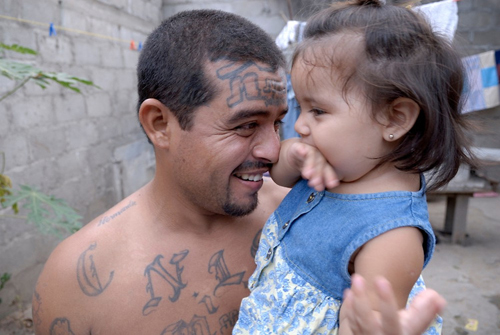
San Pedro Sula, in Honduras, is a city blighted by drugs, crime, and one of the highest murder rates in the world. Social problems have recently become even more pronounced, due to Mexican drug traffickers laying down stronger distribution channels. It’s estimated that 80 percent of the cocaine trade from South to North America is now funneled through San Pedro Sula.
Overcome by poverty, drugs and gang violence, the inner city area of Chamelecón is notorious, even in San Pedro Sula. Facilities, including clean water sources, are lacking, and many live in shacks and temporary accommodation. Transnational groups, such as the Mara Salvatrucha (MS-13) gang, are also known to operate in the area. Even members of the police force are reluctant to enter the slum.
On December 23, 2004, the suburb came to the attention of the international media when 28 people were murdered and 28 wounded by MS-13 in an attack on a coach. The gang intended the massacre as a protest against the reintroduction of the death penalty in Honduras. Clearly, they have no concept of irony.
8. Petare, Caracas, Venezuela
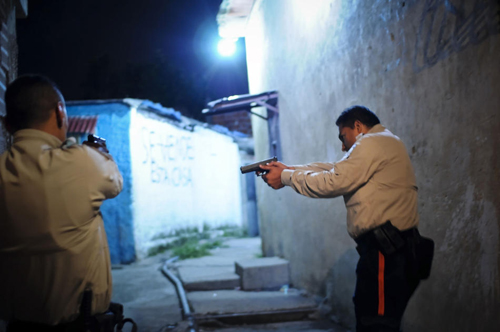
Caracas is a deadly metropolis plagued by gangs, organized crime and yet another of the world’s highest murder rates. Armed robberies, kidnappings and homicides are a daily occurrence, thanks to poor policing, corruption and a plethora of illegal weapons.
The Petare neighborhood is known as one of the most violent areas in the city. The shantytown started as a barracks for workers constructing a city highway. Soon, however, squatters established temporary settlements around the building that grew as more immigrants moved in.
The area is now home to around two million people and suffers from widespread drug use, underdevelopment, a lack of facilities, and overcrowding. Many residents do not have clean water and proper shelter, and robberies are a daily occurrence. It’s estimated that between three and four people are killed every day in the slum. As you’d expect, social problems in Petare are rife, and fifteen-year-old girls are more likely to be having babies than getting an education.
7. East St. Louis, Illinois, USA
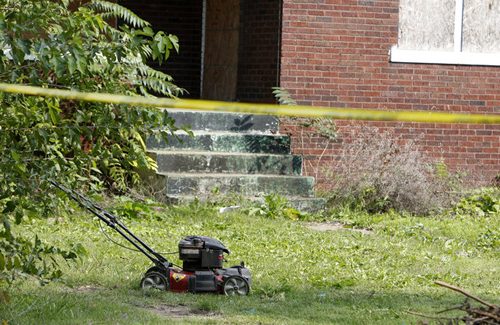
According to the FBI, East St. Louis, Illinois has the highest crime rate in America. The combination of this dangerous reputation and a lack of jobs and opportunities led to much of the population giving up hope and abandoning the area in the 1970s. Today, only 27,006 inhabitants are left in the whole city (whose population peaked at 82,366 in 1950).
On top of the city’s social problems and a shrinking population, East St. Louis has also had to cope with heavy industry closures and a local government that’s in debt. The city has even developed areas of “urban prairie,” where empty buildings have been torn down and whole blocks reclaimed by the surrounding vegetation. As you might expect, strip joints, truck stops and half-rural businesses are now clustered around some of the worst areas.
The problems are exacerbated by deep-rooted racial tensions dating back to the civil rights movement and the area’s small and underfunded police force. No doubt influenced by their surroundings, the area had a thriving blues and jazz scene in the 1950s, producing legends like Miles Davis and Ike and Tina Turner. Today, however, it seems East St. Louis social workers have their work cut out for them.
6. Iztapalapa, Mexico City, Mexico
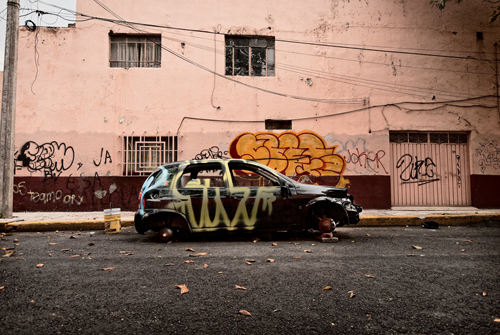
Mexico City has a justified reputation for being unsafe for women. In 1999, rape and domestic abuse were the third leading causes of “morbidity and mortality.” Even police have been implicated in sex crimes, including an infamous 2006 incident, in which female protesters were arrested and sexually assaulted by police officers.
The Iztapalapa district has some of the worst crime rates in the city and the highest rates of violence against women – with nearly 200 rapes and 5,000 cases of domestic abuse reported in 2010 alone. Apart from domestic crimes, the area also suffers from gang-related problems, a murder rate of one every two days, drug trafficking, and not enough water.
As with many other violent neighborhoods, local police forces are corrupt, undersized, and underequipped. This has left the community virtually defenseless against the criminals that stalk the streets.
5. Spanish Town, Jamaica
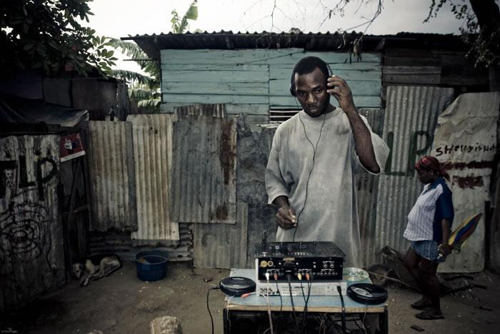
Statistically, Spanish Town is the most violent place in Jamaica. By the middle of 2010, more than 138 murders had already been recorded in this historic community and its surrounding areas. And for a small population of just over 160,000, that’s an incredibly high figure.
Most murders are gang-related, and because of the poverty in the area, crime is often the only way that young men can make a living. Illegal guns are widespread throughout the community, even amongst children as young as 11 years old.
The two most infamous criminal groups in Spanish Town are the Clanzmen and the One Order Gang. Shockingly, they have been known to decapitate rival gang members and post pictures of the bloody remains online.
4. Ciudad Bolivar, Bogotá, Colombia
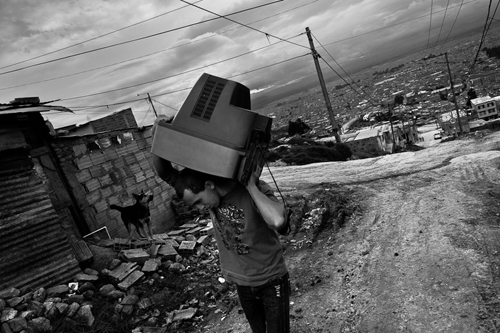
Ciudad Bolívar is an overcrowded sprawl on the outskirts of Bogotá inhabited mainly by rural immigrants. Since most of the inhabitants are too poor to afford their own houses, many construct their own, using whatever materials are at hand.
The settlement’s lack of proper infrastructure means that social conditions are easily the worst in Bogotá. Most homes are illegal and have no facilities whatsoever, and it is difficult for inhabitants to even find transport to a paying job.
The slum’s conditions frequently lead to gang terror, violence, and other crimes. Assault is the leading cause of death for individuals between 15 and 44. What’s more, homicide in Ciudad Bolívar is a significant contributor to Bogotá’s overall murder rate – and in 2005, there were 386 homicides in the slum. Citizens are also frequent recruitment targets for paramilitary and insurgent groups. It all adds up to a social worker’s nightmare.
3. La Perla, San Juan, Puerto Rico
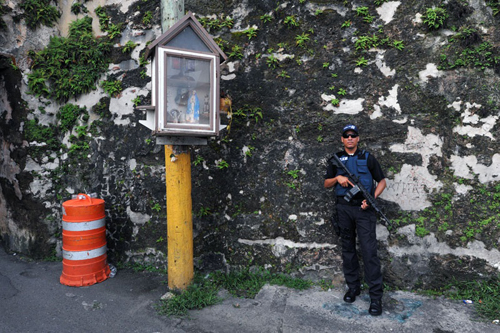
The city of San Juan is notoriously dangerous, and one of its most crime-ridden areas is La Perla. The slum, a dense tangle of houses, was the site of a slaughterhouse in the 19th century and later grew into a home for farm workers and squatters.
In modern times, it’s been suggested that the Puerto Rican government neglected the area in the hope that residents would eventually allow the land to be developed. This policy has backfired, however, and the run-down shantytown has acquired a reputation for crime and violence.
The area has been described as one huge “retail drug bazaar,” and the narcotics industry of La Perla is a multi-million dollar business. Moreover, Puerto Rican police claim that around half of the homicides in the country are the result of drug-related turf wars.
2. Nyanga, Cape Town, South Africa
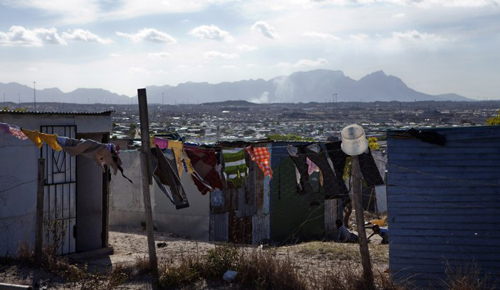
Cape Town is the crime-ridden capital city of the Western Cape. At any one time, there are believed to be around 120 criminal gangs operating in the Cape Flats, and the average murder rate is a staggering 46.15 homicides per 100,000 inhabitants.
The township of Nyanga is one of the most dangerous places in South Africa. From April 2011 to March 2012, criminals in the area were charged with 233 murders, 1,046 serious assaults, and nearly 2,000 drug-related offenses. Furthermore, almost every category of violent crime is on the increase.
The high crime rate has been blamed on factors like alcohol abuse and high dropout rates. And these problems are exacerbated by unemployment. Subcouncil 14, to which Nyanga belongs, has an estimated unemployment rate of 70 percent. HIV and AIDS is also a major problem in the area.
1. Cité Soleil, Port-Au-Prince, Haiti
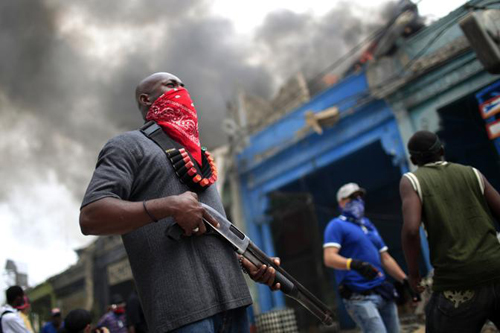
Port-Au-Prince, the capital city of Haiti, is rife with crime and violence, particularly in the aftermath of the 2010 earthquake, which devastated the area. Yet of all the city’s depressed areas, the most notorious is Cité Soleil in the north. Indeed, it is considered one of the largest slums in the entire Western hemisphere.
Cité Soleil suffers from massive unemployment, a primitive sewage system, frequent power outages, and the constant problem of gang violence. Poverty is extreme, and many residents are forced to steal in order to survive. The area is so poor that one local delicacy is the mud-cake, a biscuit made of clay and cooking-oil.
The problems were intensified when many violent criminals broke out of jail during the earthquake. And since January 2010, relief workers have left the inhabitants of Cité Soleil to fend for themselves. With the escalating crime rate, worryingly, police have asked locals to “take matters into their own hands.” Quite frankly, you’d have to be a saint to work as a social worker in Cité Soleil.
Bonus: Complexo do Alemão, Rio de Janeiro, Brazil
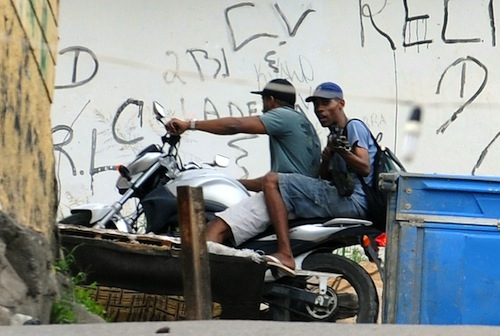
Rio de Janeiro is a major location for the shipment of crack cocaine. And, protected by their relationships with corrupt authorities, gangs of drug dealers controlled much of the city for years. Many of the criminals carried heavy weapons and were capable of battling the police head-to-head. However, there have been some changes in administration since 2010.
The district of Favela Complexo do Alemão, like much of the rest of Rio de Janeiro, suffers from overpopulation, a lack of employment, and violent crime. The area has been associated with the drug trade since the 1980s and, prior to 2010, was often the scene of dangerous running battles between police and gangs.
Two years ago, in an attempt to pacify the area before the upcoming 2014 FIFA World Cup, the police and military raided the district. Officers were often forced to use heavy weapons, armored cars and even battle tanks to make any headway against the wrongdoers.
Yet on July 23, criminals shot and killed a police officer in the Nova Brasília part of Complexo do Alemão. It was the first time an officer had been killed in a favela that was under police control. Police also had grenades thrown at them, and to fight back, they deployed another 500 officers, raising the total number of cops in the community to a staggering 1,800.
 Follow
Follow